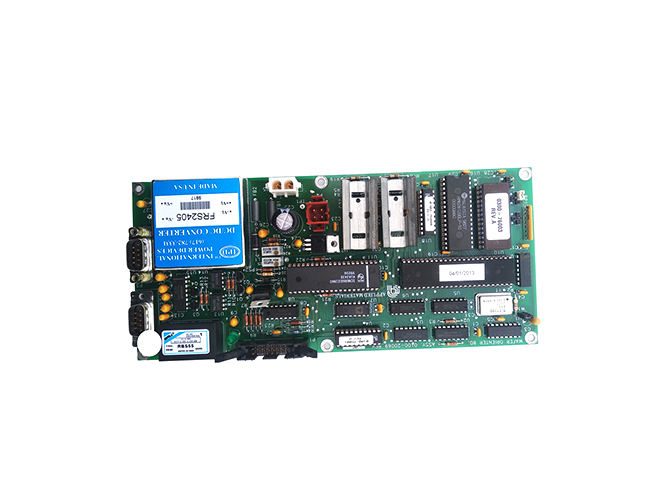-
CN
-
Service Hotline
+8618129931046 Mr. Liao


Time:2025-05-14 Views:1

Aerospace - grade printed circuit boards (PCBs) are among the most advanced and rigorously engineered PCBs, designed to meet the extreme and demanding requirements of aerospace applications. These PCBs are used in a wide range of aerospace systems, including aircraft avionics, satellite communication systems, and space exploration vehicles.
The primary requirement for aerospace - grade PCBs is reliability under harsh environmental conditions. Aerospace applications expose PCBs to extreme temperatures, high levels of vibration, radiation, and vacuum. To withstand these conditions, aerospace - grade PCBs are made using high - performance materials. The substrate materials are typically made of advanced composites, such as polyimide - based laminates, which offer excellent thermal stability, mechanical strength, and resistance to radiation. These materials can maintain their electrical and mechanical properties over a wide temperature range, from extremely low temperatures in space to the high - temperature environments near aircraft engines.
The manufacturing process of aerospace - grade PCBs is highly controlled and precise. Every step, from material selection to component assembly, is subject to strict quality control measures. The components used in aerospace PCBs are carefully screened and tested to ensure their reliability. Only high - quality electronic components with proven performance in extreme conditions are selected. The soldering and assembly processes are also carried out with great care to ensure strong and reliable electrical connections. For example, in aerospace PCBs, gold - plating is often used for connectors and contacts to improve corrosion resistance and ensure stable electrical performance over time.
Aerospace - grade PCBs also need to meet stringent weight - reduction requirements. In aerospace applications, every gram of weight saved can have a significant impact on fuel consumption and overall system performance. Therefore, these PCBs are designed to be as lightweight as possible without sacrificing functionality and reliability. This is achieved through the use of thin - film materials, reduced - thickness substrates, and optimized component placement. Advanced manufacturing techniques such as flex - rigid PCB technology are also employed to create flexible and lightweight PCB designs that can conform to the complex shapes and spaces within aerospace vehicles.
Electromagnetic compatibility (EMC) is another critical aspect of aerospace - grade PCBs. In the aerospace environment, where multiple electronic systems are operating simultaneously, PCBs need to be designed to minimize electromagnetic interference and ensure that they do not interfere with other systems. Special shielding techniques, proper grounding, and careful trace routing are used to achieve good EMC performance. Additionally, aerospace - grade PCBs often need to support high - speed data transfer and complex signal processing, which requires advanced design and manufacturing techniques to ensure signal integrity and reliable operation.
Finally, aerospace - grade PCBs are subject to extensive testing and certification processes. They need to pass a series of rigorous tests, including thermal cycling tests, vibration tests, radiation tests, and electrical performance tests, to ensure that they meet the strict aerospace standards and regulations. Only PCBs that successfully complete these tests are approved for use in aerospace applications, ensuring the safety and reliability of aerospace systems.